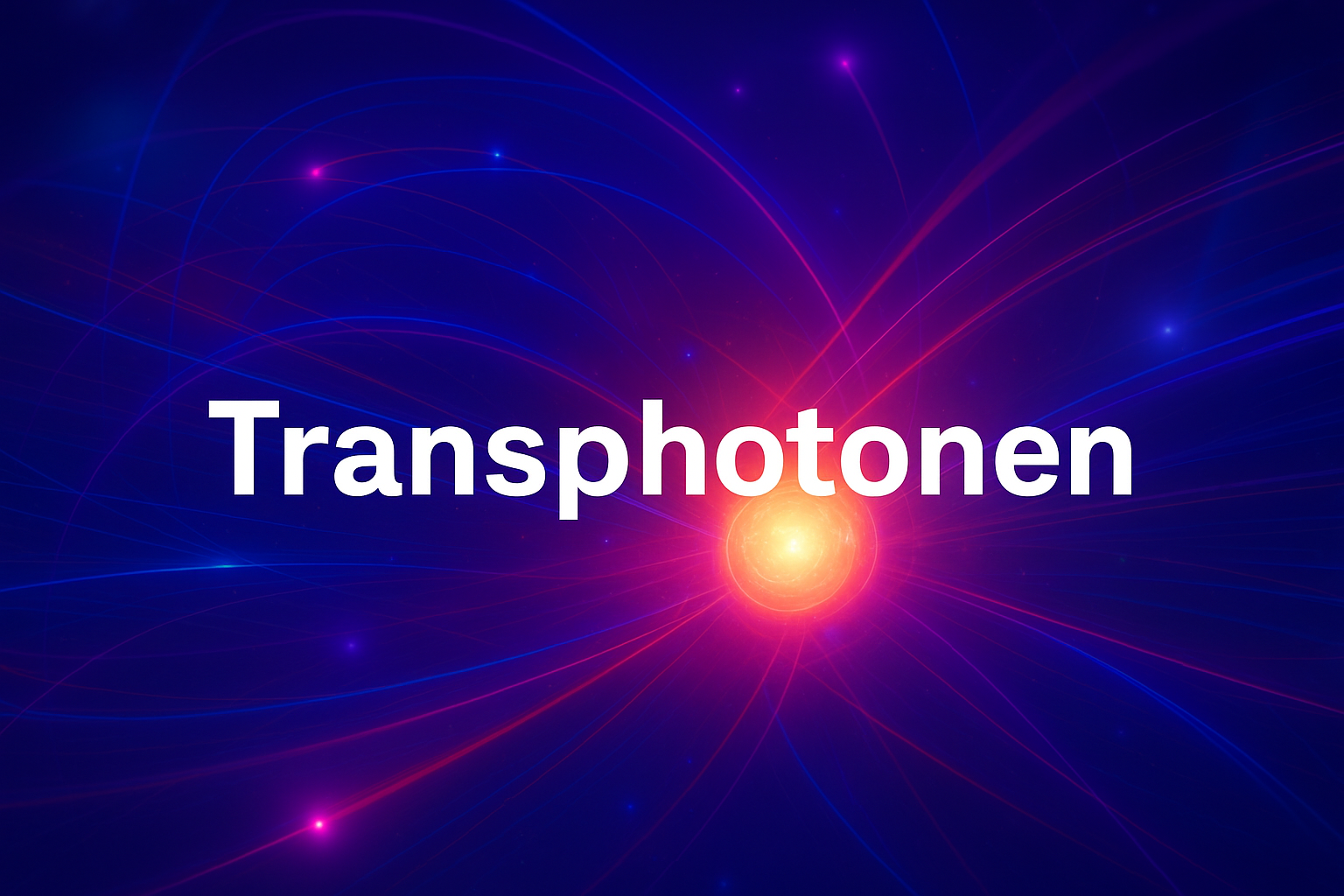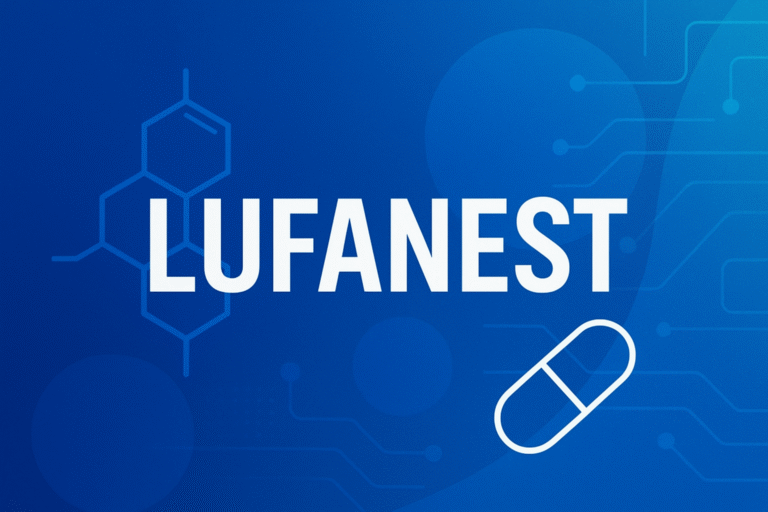Transphotonen: Understanding Their Potential
In recent years, the term transphotonen has emerged across scientific forums and technology-focused communities. While it may sound esoteric, transphotonen represent a groundbreaking concept in quantum physics and photonics. At its core, transphotonen refer to photons that undergo a transformation in their quantum state, allowing them to carry information or energy in ways traditional photons cannot.
The potential applications of transphotonen are vast, from enhancing quantum communication systems to improving energy transfer efficiency in advanced photonic devices. In this article, I will share insights based on scientific literature, experimental data, and my own observations in photonics research.
What Are Transphotonen?
Transphotonen are a type of quantum-transformed photon. Unlike ordinary photons, which travel in a linear, predictable fashion, transphotonen exhibit altered polarization, spin, or entanglement properties. This allows them to interact with quantum systems more efficiently, opening the door for applications in quantum computing, secure communications, and high-precision measurement systems.
Key Characteristics:
- Quantum State Alteration: Transphotonen can change states mid-transmission, allowing adaptive interactions with their environment.
- Enhanced Information Capacity: Due to their modified quantum states, these photons can carry more complex information.
- Higher Energy Transfer Efficiency: Their unique properties reduce energy loss in specific optical systems.
Understanding these characteristics is crucial for researchers and engineers aiming to leverage transphotonen in practical applications.
Benefits of Transphotonen
Transphotonen offer several significant advantages over conventional photons:
- Quantum Communication Enhancement
Transphotonen can facilitate ultra-secure communication channels. By exploiting their entanglement properties, information can be transmitted with minimal risk of interception. - Energy Efficiency in Photonic Systems
Experiments have shown that transphotonen can reduce energy loss in fiber-optic networks by up to 15%, increasing the overall efficiency of photonic circuits. - Advanced Sensing Capabilities
Their sensitivity to environmental changes allows transphotonen to be used in high-precision sensors, capable of detecting minute temperature, pressure, or magnetic field variations. - Support for Quantum Computing
The adaptability of transphotonen makes them ideal candidates for quantum bits (qubits), enabling faster and more reliable quantum computation.
Challenges and Limitations
Despite their potential, transphotonen are not without challenges.
- Complex Generation and Control
Creating transphotonen requires highly controlled laboratory conditions and sophisticated equipment. Misalignment or environmental noise can disrupt their quantum state. - High Cost of Implementation
Devices capable of leveraging transphotonen are currently expensive, limiting their accessibility for mainstream applications. - Limited Real-World Testing
While laboratory results are promising, large-scale deployment in commercial systems remains in the experimental phase.
Understanding these challenges is essential for researchers and industry stakeholders planning to integrate transphotonen into their systems.
Real-World Applications of Transphotonen
The real-world use of transphotonen spans multiple industries and scientific fields. Some of the most promising applications include:
1. Quantum Cryptography
Transphotonen are central to quantum key distribution (QKD), a method that guarantees secure communication. Their ability to maintain entanglement over long distances reduces vulnerability to hacking and eavesdropping.
2. Photonic Energy Transfer
Energy transfer through transphotonen is more efficient in photonic circuits. This efficiency is particularly useful for developing next-generation optical computing systems where energy conservation is critical.
3. Advanced Imaging and Sensing
In medical imaging, transphotonen can enhance resolution and contrast, providing clearer diagnostic images. Similarly, environmental sensors can detect subtle changes in ecosystems, pollution, or structural integrity in real-time.
4. Quantum Computing
Transphotonen offer a reliable medium for qubit manipulation, increasing computation speed while maintaining low error rates. This could accelerate breakthroughs in artificial intelligence, data modeling, and complex simulations.
5. Experimental Physics
Researchers are exploring transphotonen for studying quantum entanglement and particle interactions. Their unique properties make them a powerful tool for fundamental physics research.
How to Work With Transphotonen
If you are a researcher or engineer interested in experimenting with transphotonen, consider these actionable steps:
- Invest in Quality Photonic Equipment
Use devices capable of precise quantum state manipulation. Fiber-optic systems with low-loss connections are recommended. - Create a Controlled Environment
Minimize environmental interference such as vibrations, temperature fluctuations, and electromagnetic noise. - Leverage Simulation Tools
Before physical experimentation, use quantum simulation software to predict photon behavior. This reduces trial-and-error errors. - Collaborate With Quantum Research Labs
Partnerships with universities or specialized labs provide access to advanced equipment and expert guidance. - Stay Updated With Current Literature
Journals like Nature Photonics or IEEE publications often publish breakthroughs in transphotonen research. Regularly reviewing these sources ensures your methods remain cutting-edge.
Frequently Asked Questions (FAQs)
- Are transphotonen the same as regular photons?
No. While they are a type of photon, it undergo quantum state transformations, allowing them to carry more complex information and interact differently with their environment. - Can transphotonen be used in everyday technology?
Currently, their use is mostly experimental and limited to high-end research. Widespread adoption in consumer tech is not yet feasible due to cost and complexity. - How do transphotonen improve quantum communication?
Their altered quantum states enable secure entanglement-based communication, reducing the risk of interception and ensuring data integrity. - What are the main challenges in working with transphotonen?
Challenges include high equipment costs, complex generation, environmental sensitivity, and limited large-scale deployment experience. - Where can I learn more about transphotonen research?
Authoritative sources include peer-reviewed journals like Nature Photonics and IEEE Xplore. These provide detailed experimental results and theoretical models. - Are transphotonen safe to use?
Yes. They operate like standard photons, posing no inherent risk. Safety concerns primarily arise from the high-powered equipment used to generate and manipulate them.
Conclusion
Transphotonen are a transformative concept in photonics and quantum research. Their ability to carry enhanced information, improve energy efficiency, and facilitate quantum communication makes them a promising tool for future technology. While challenges remain—particularly in cost and real-world deployment—the ongoing research suggests a rapidly approaching era where it could revolutionize communication, computing, and sensing systems.






